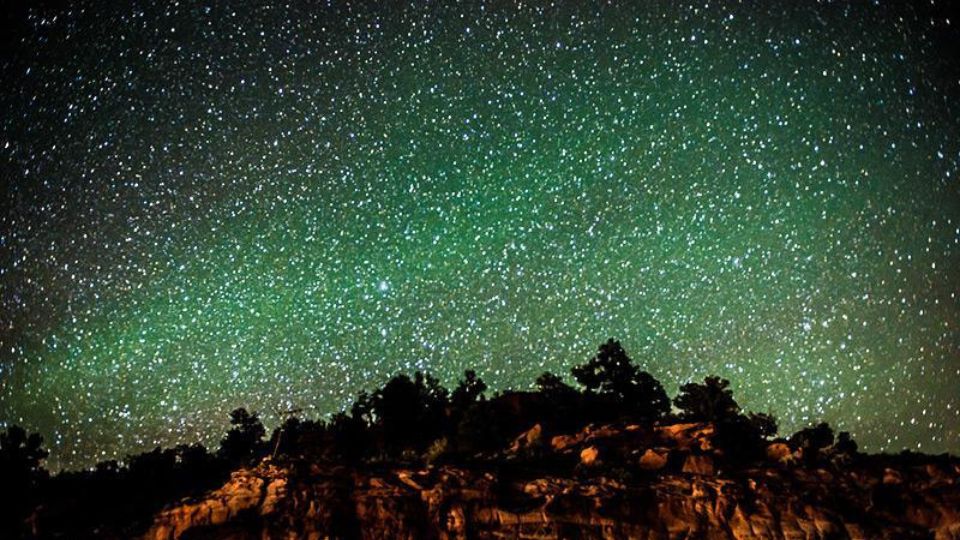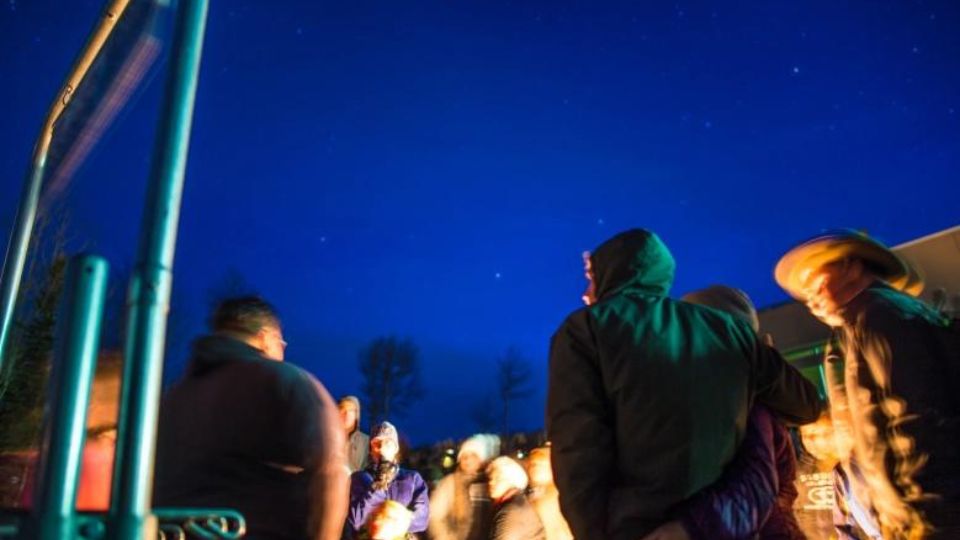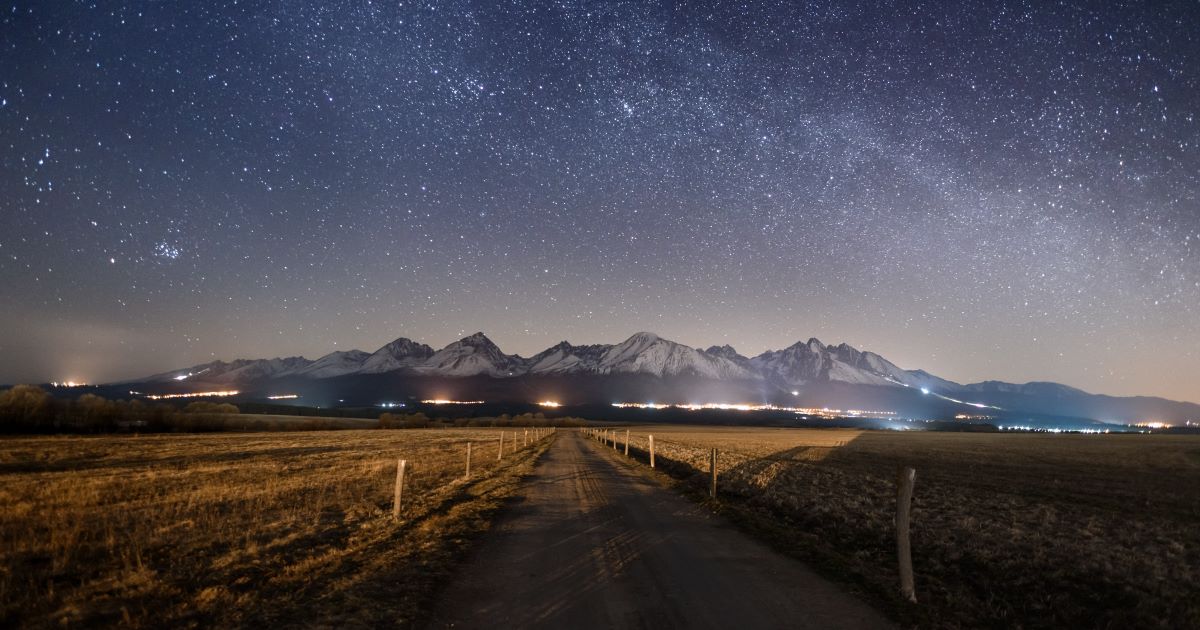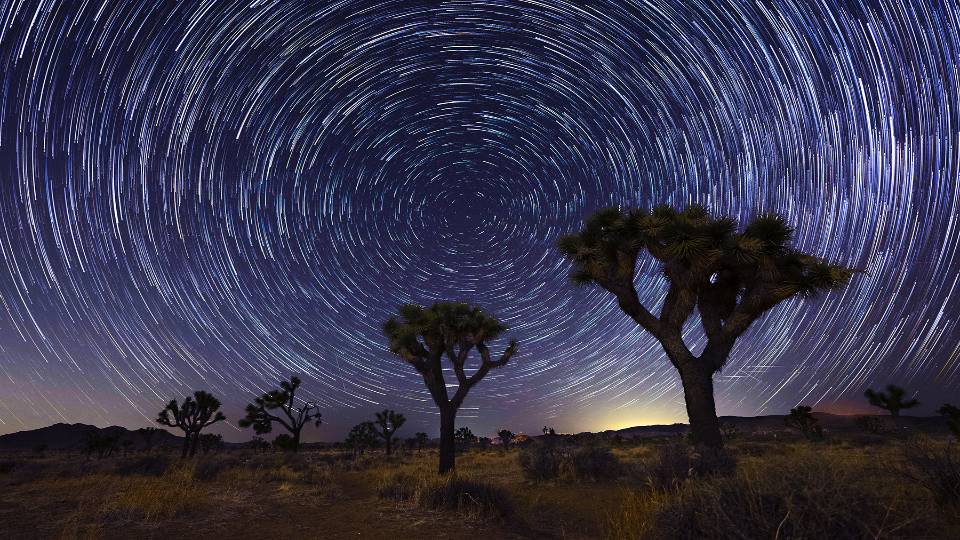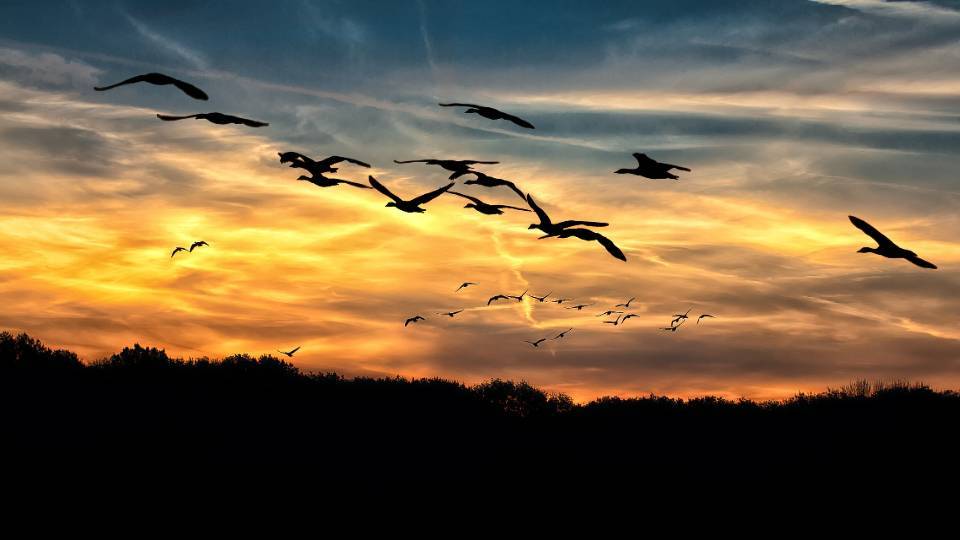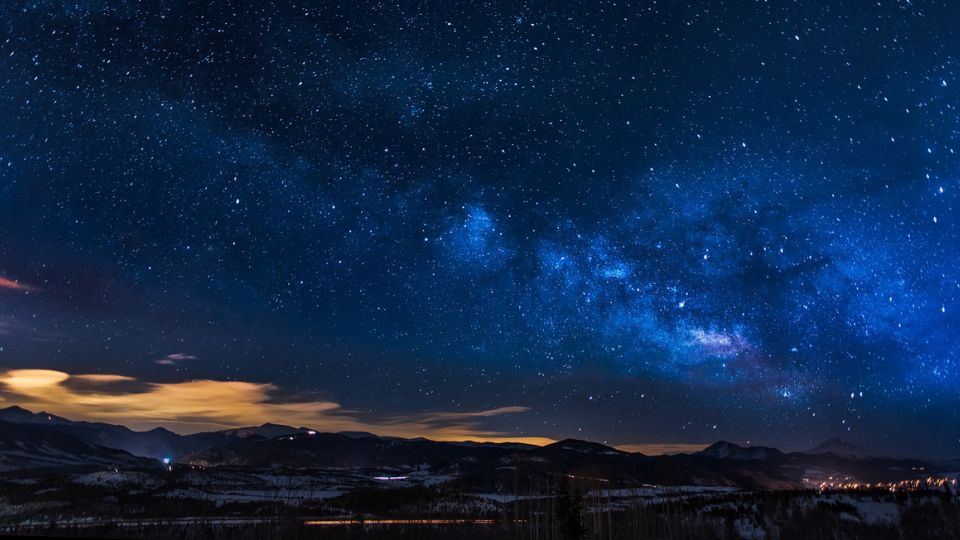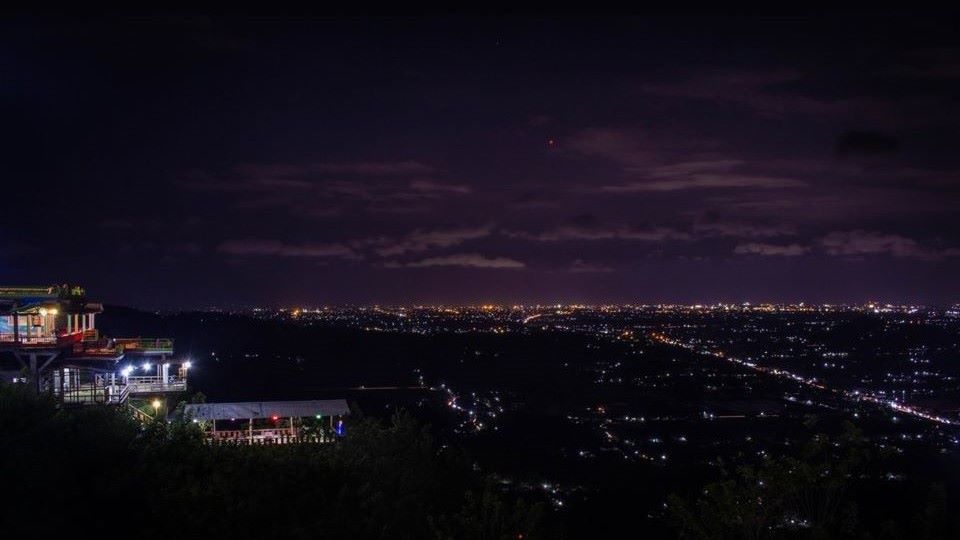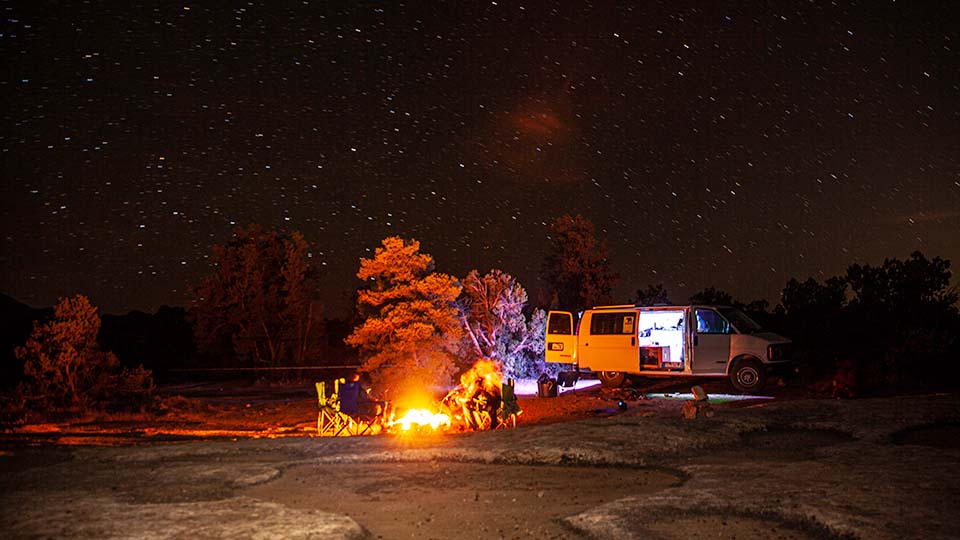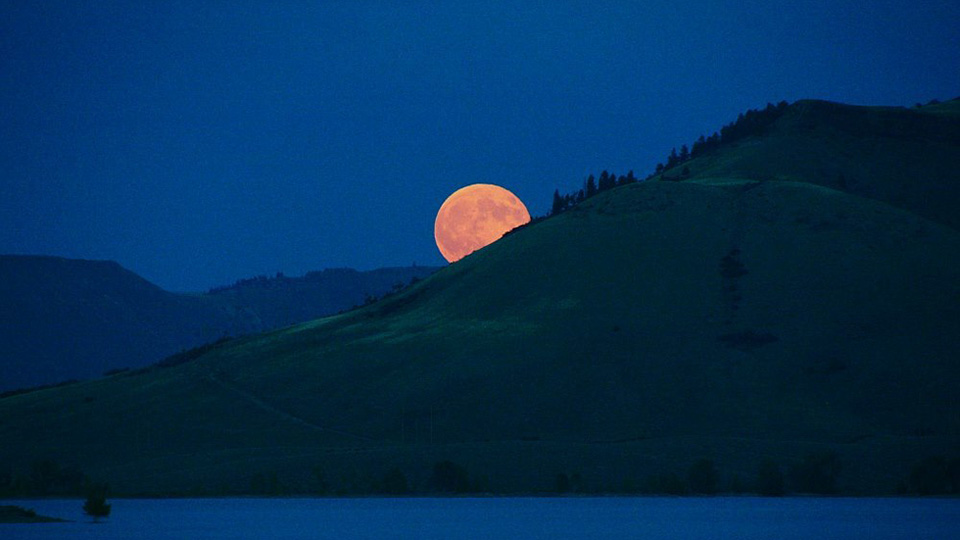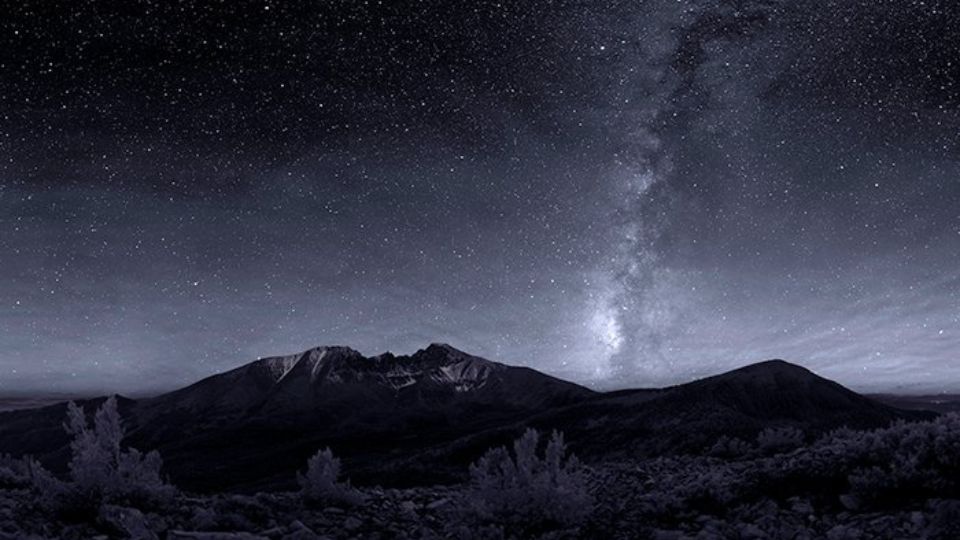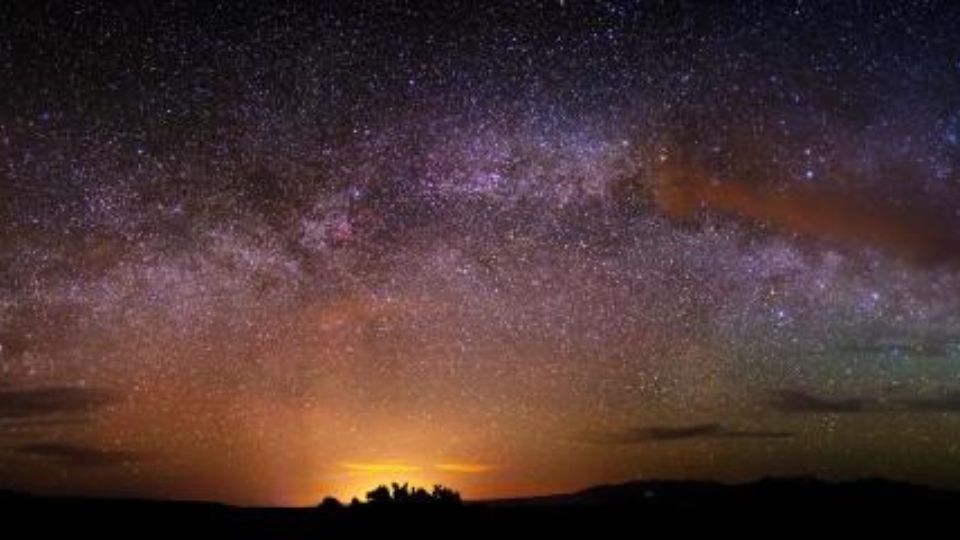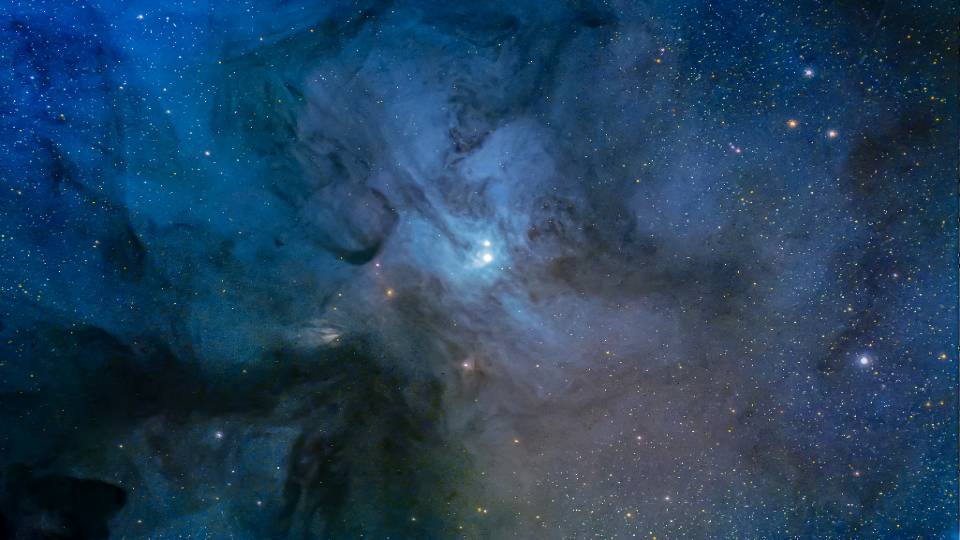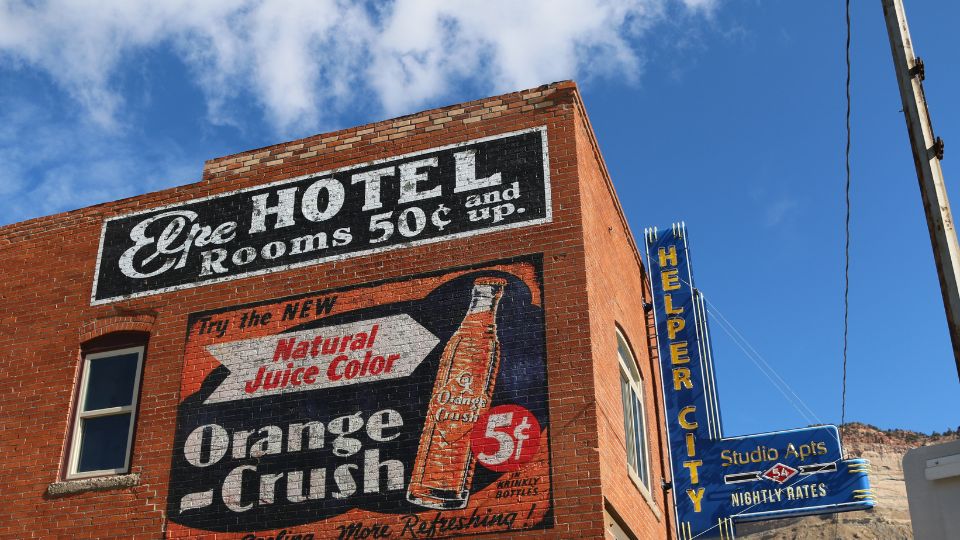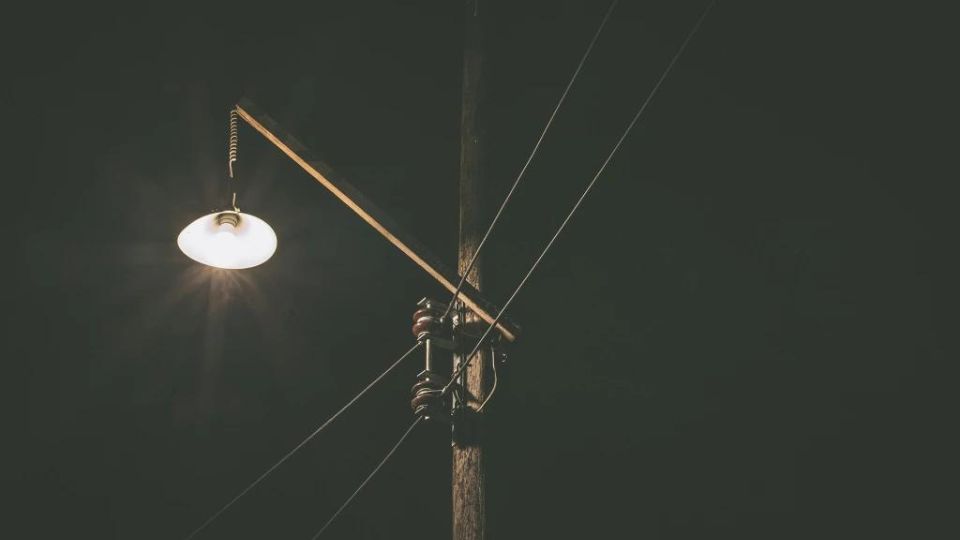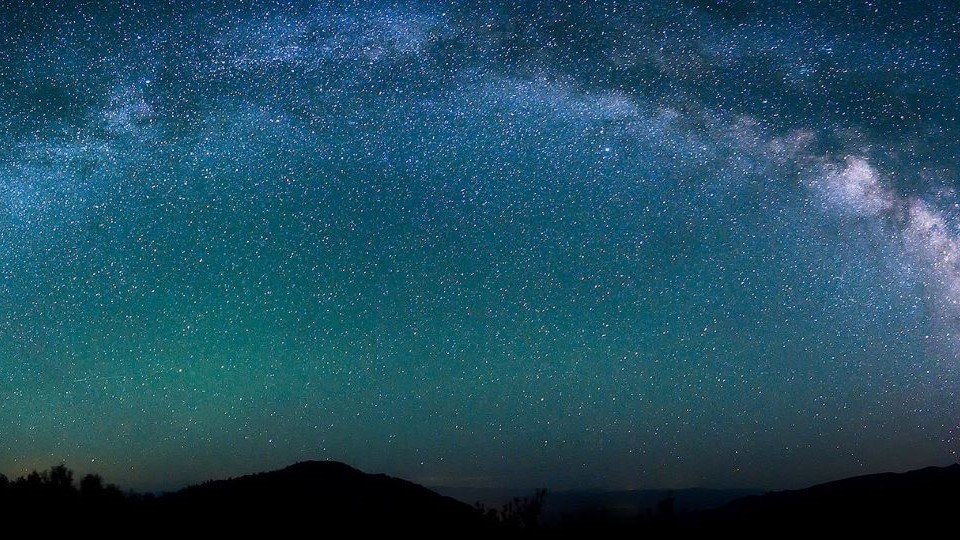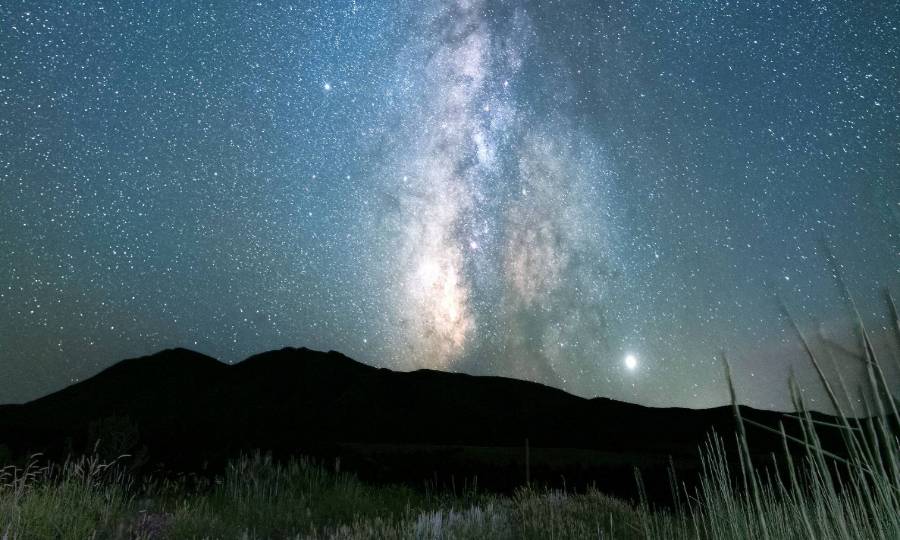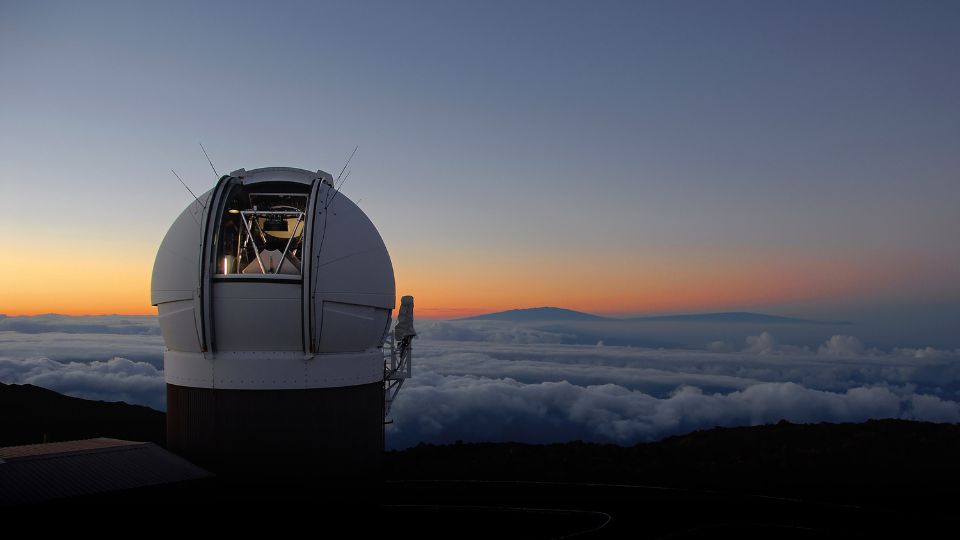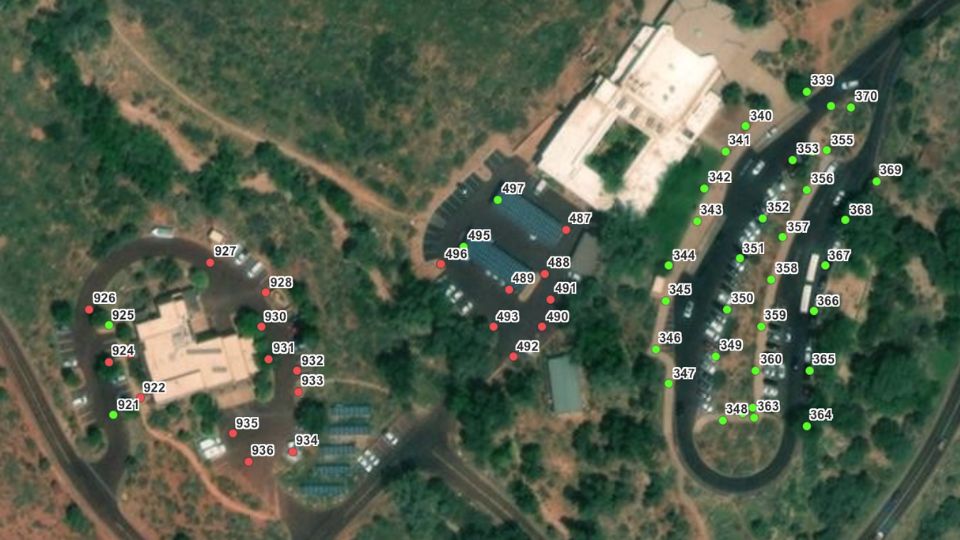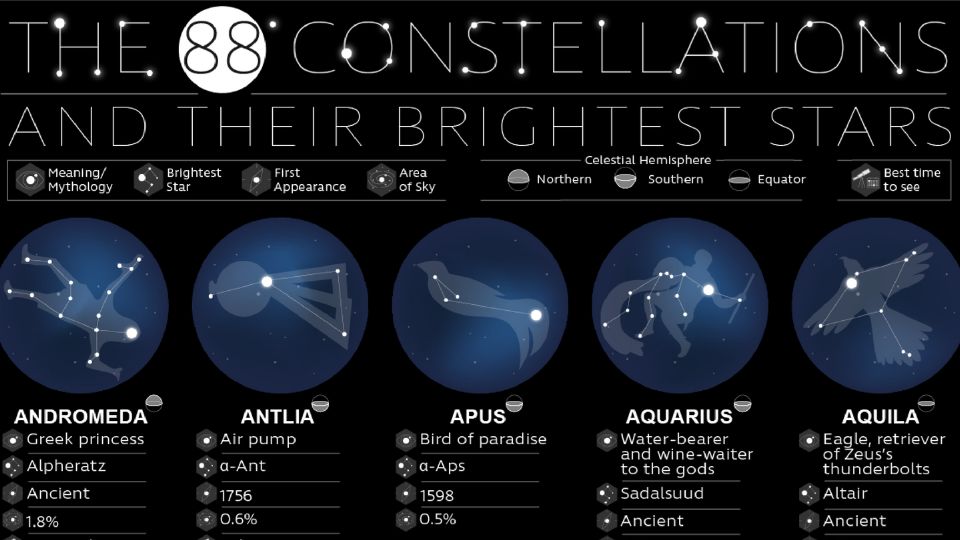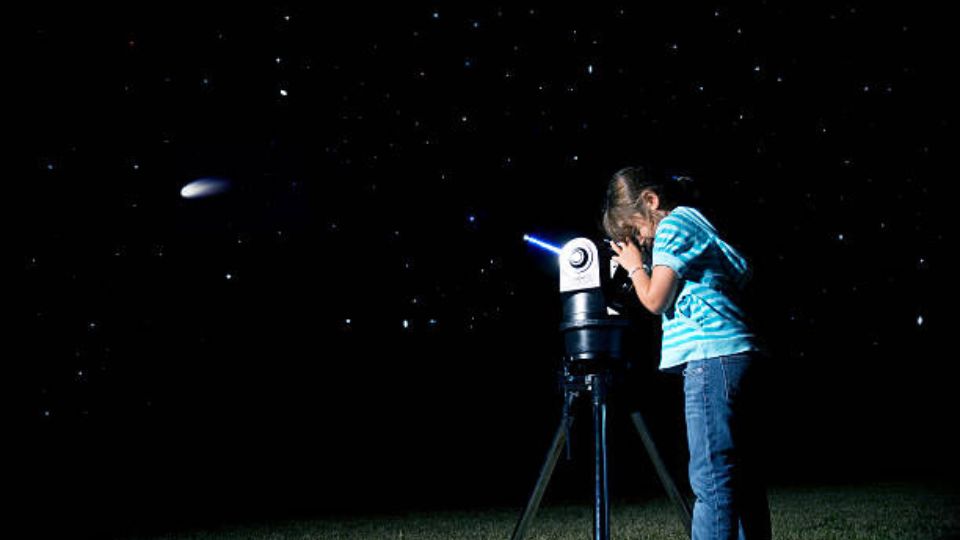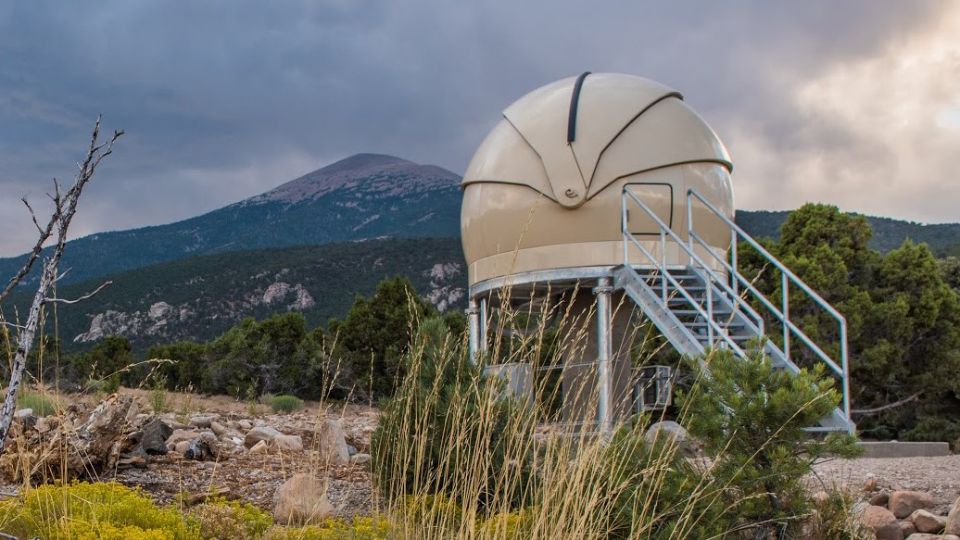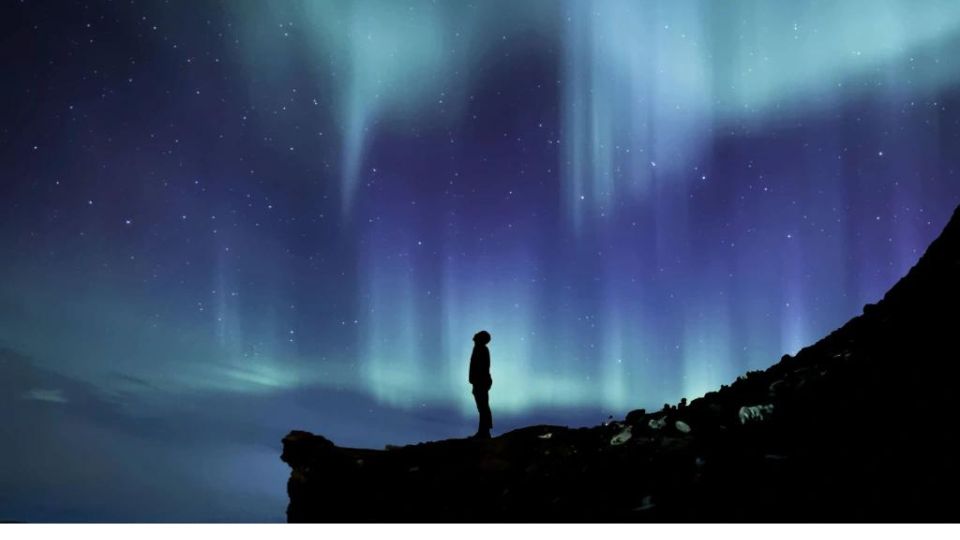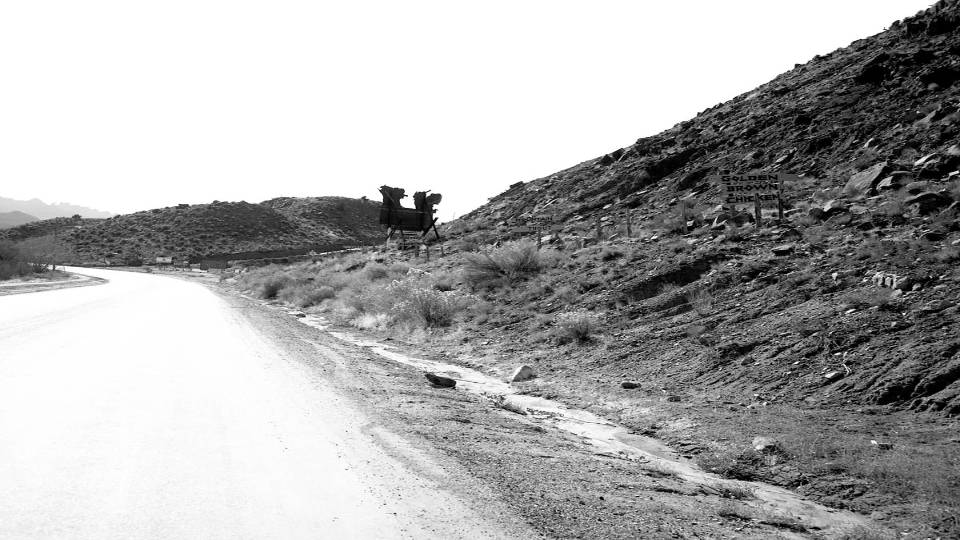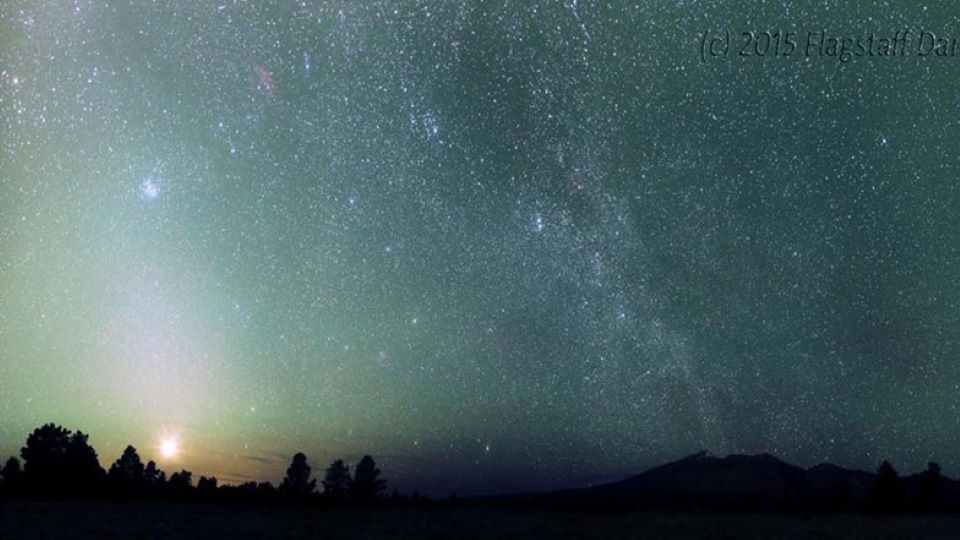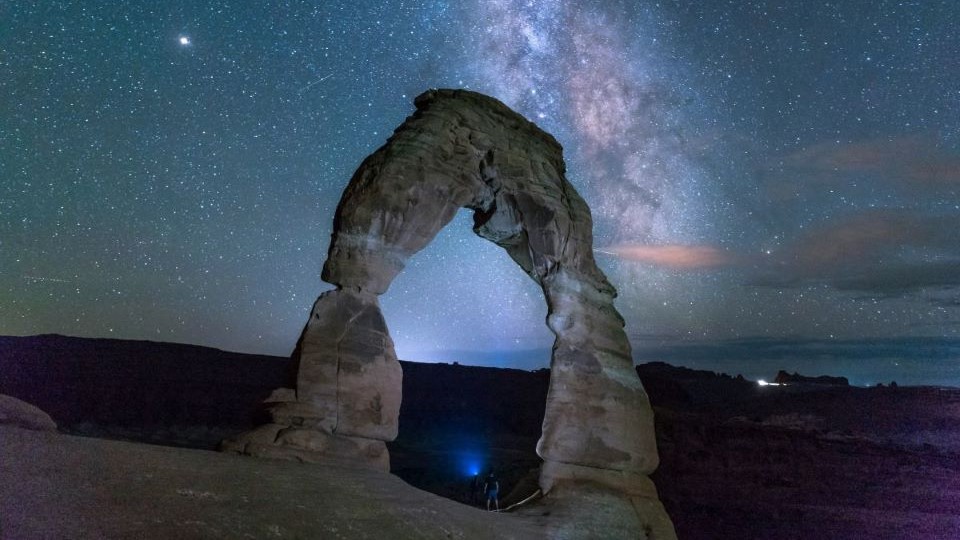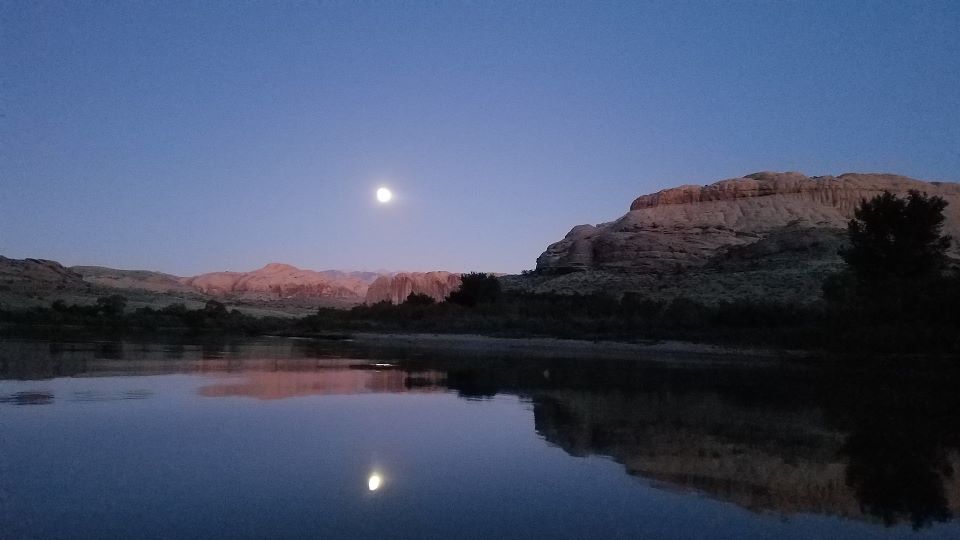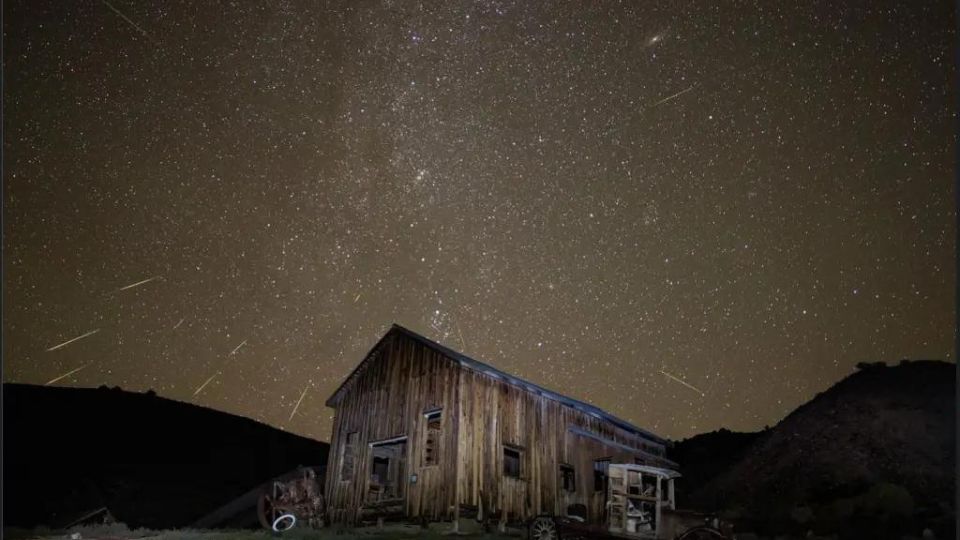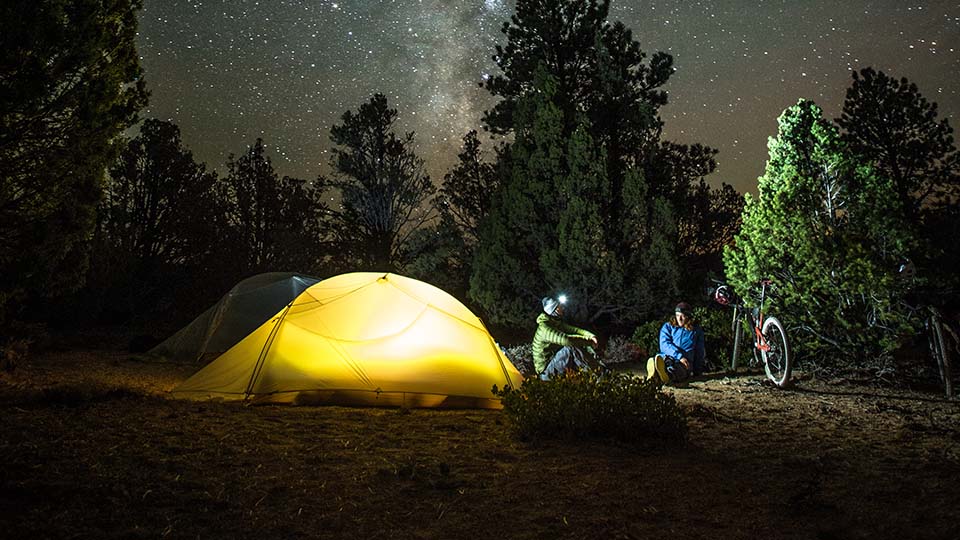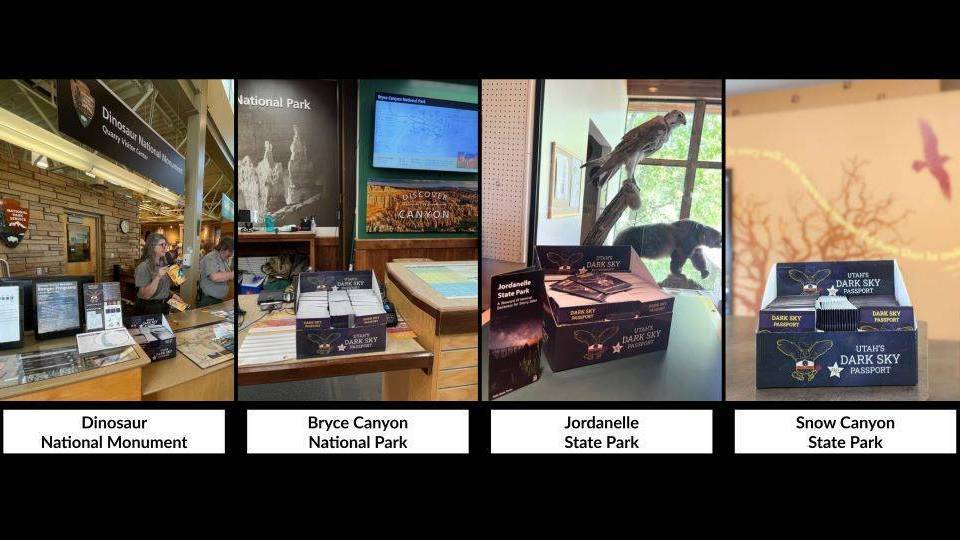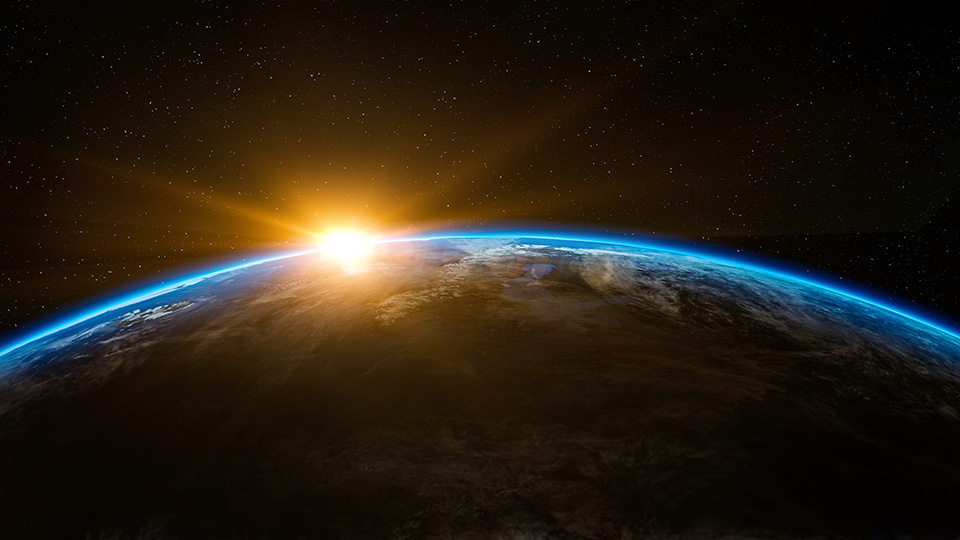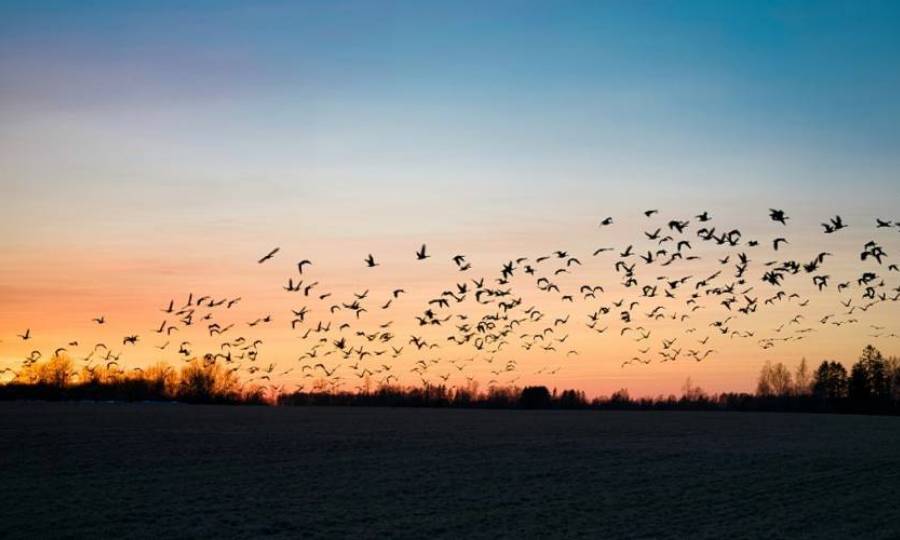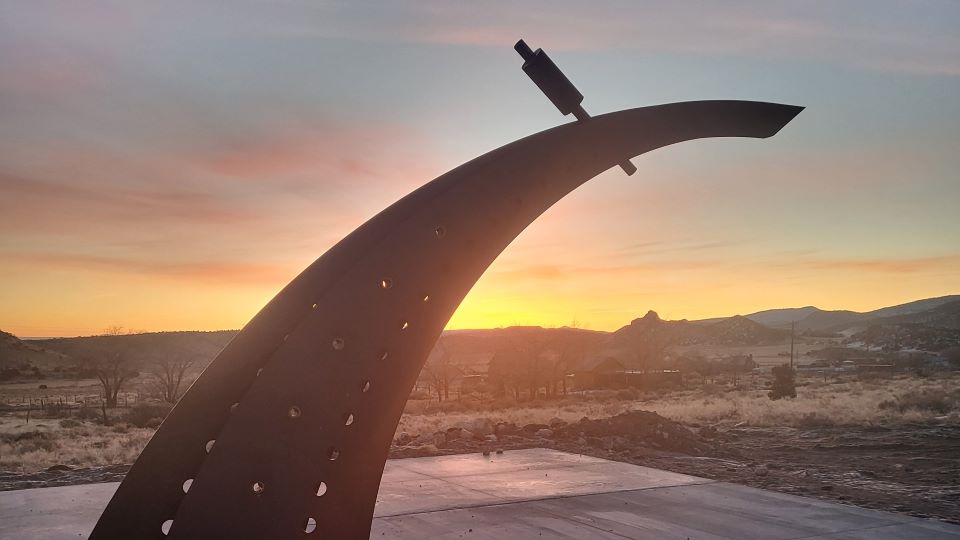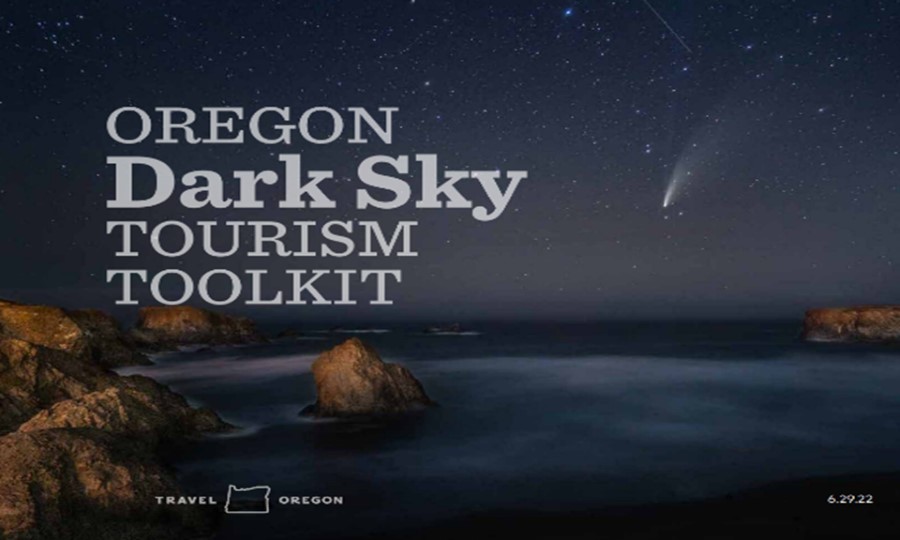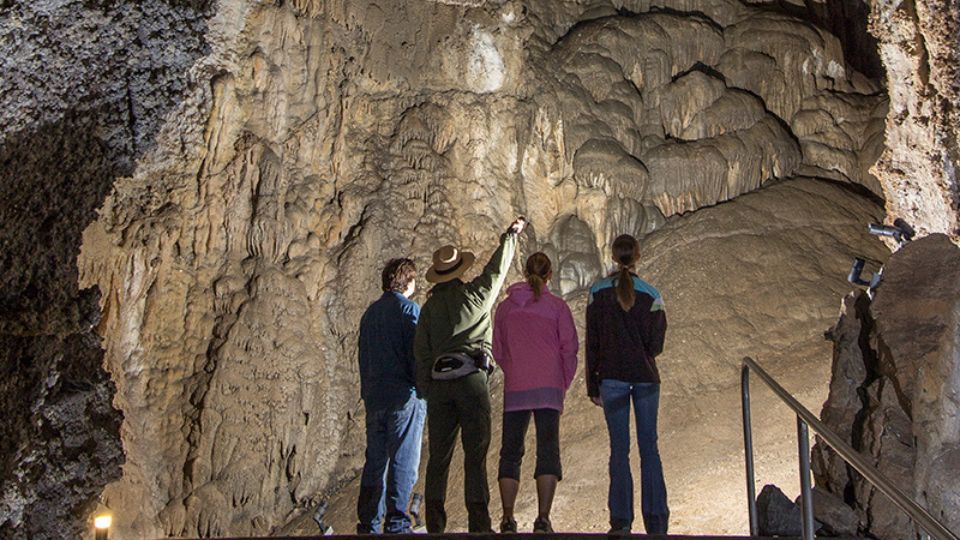Dark Sky Parks Down Under
An Interview with Matthias Schmitt, Astronomy Guide and Night Sky Program Coordinator at Cedar Breaks National Monument
By Lisa Stoner, Colorado Plateau Dark Sky Cooperative, Coordinator
Building an international partnership for dark skies
On October 14th, millions of Americans will head out to find their ideal viewing location somewhere along the path of the annular solar eclipse, to witness the effect of the moon’s passing between the earth and the sun, an event that occurs every one-to-two years. This year, for those who live in the western states of Oregon, California, Nevada, Utah, Arizona, Colorado, New Mexico, and Texas, will have the shortest distance to the path of totality. In another six months, on April 8th, 2024, a second opportunity will avail itself, as a total solar eclipse will pass over several states east of the Rockies. Although these celestial moments last for only a few minutes, the personal experience can be profound as one ponders its signficance. Some individuals grow so captivated by the experience, they become an “eclipse chaser,” or one who will find any opportunity to witness the event again.
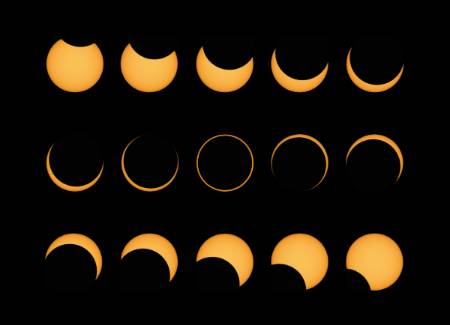
Photo credit: an annular solar eclipse (Pinterest)
This is not Matthias Schmitt’s first solar eclipse. On April 20, 2023, Astronomy Guide and Night Sky Program Coordinator for Cedar Breaks National Monument, was ready and in place to observe the total solar eclipse along its path of totality as it ran through Perth, Australia. An avid eclipse chaser, with observations in Antarctica, Oregon, Argentina, Oman, among other places, Matthias has been passionately involved in astronomy outreach, STEM, and space sciences for over ten years. He manages night sky programs for the National Park Service and teaches a wide range of astronomy topics to K-12 students and adults at astronomy clubs. Matthias also owns and runs StarGazing Zion through which he plans star gazing experiences for the visitors of Springdale and other towns just outside of Zion National Park. As a local resident and business owner, Matthias benefits from the well-preserved dark night skies provided by the night-friendly lighting practices implemented by Zion National Park, nearby Cedar Breaks National Monument, and Utah’s most recent Dark Sky Community, in Springdale, Utah. The concerted effort and dedication of these Dark Sky Places, supports not only scientific and educational exploration, ecological and human health, cultural connections, but also an important economic asset that local businesses can depend on. “Otherwise, there is no chance of doing this work,” says Matthias.
Having another solar eclipse experience was not his only purpose for being Down Under. In fact, Matthias went as a representative of Cedar Breaks National Monument, and as an International Dark Sky Park, to develop a partnership with one of Australia’s Dark Sky locations, as a potential “sister” International Dark Sky Park. Matthias traveled extensively throughout the country meeting with park managers and local dark sky advocates, with the intention of bridging the northern to southern hemisphere.

There were three Dark Sky locations on the itinerary:
- Arkaroola Dark Sky Sanctuary, recently certified in July 2023, which includes part of the Flinders Range in a remote part of South Australia, a place with great cultural significance for the Adnyamathanha people, and a biodiversity hotspot.
- Warrumbungle Dark Sky Park, a 23,312-hectare park in the Orana region of New South Wales, Australia, about 4 hours west of Brisbane. Siding Spring Observatory is known to have Australia's largest optical telescopes.
- Age of Dinosaurs Dark Sky Sanctuary, Australia’s 1st Dark Sky Sanctuary located in Central West Queensland, and home to Australia's largest dinosaur fossil collection.
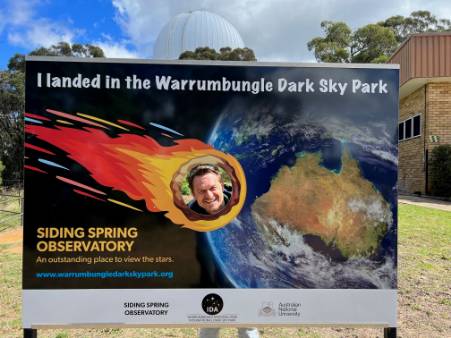
Photo credit: Matthias Schmitt at Warrumbungle Dark Sky Park, New South Wales, Australia
A recorded presentation given by Matthias regarding his experience in Australia can be found HERE.
- This is from the Basin and Range Dark Sky Cooperative Bi-Monthly meeting held on 8/23/23. The recording includes a dual presentation with guest speaker, Thomas Dansie, Director of Community Development for Springdale, Utah, who discusses the process of becoming a Dark Sky Commmunity. (Matthias’ presentation begins at 15:15 minutes, with a focus on his trip to Australia starting at 25:15 minutes.)
In addition to the above recording, Matthias responded to a few select questions as well:
1) How did you initially get involved with this international connection in Australia?
- As part of my total eclipse travels to Australia, I visited all the dark sky locations in Australia to learn about their operations, their environment, and their challenges. Since Cedar Breaks National Monument is an International Dark Sky Park and we always want to learn from others in the U.S. and around the world, the idea emerged to explore potential collaborations with parks in the Southern Hemisphere.
2) How do you see the pairing of International Dark Sky places might promote astrotourism and education around night skies?
- Even though challenges are similar, i.e., the curbing of artificial sky brightening, the solutions and local practices might be different. Australia heavily relies on natural resource exploitation and mining operations pose an expotential threat to dark sky locations. As Utah has 25 dark sky parks and communities, we have been promoting our dark sky assets with the help of the Greater Zion Tourism Utah tourism, State, and National Parks. Sharing lessons on how astrotourism is a benefit to the local communities and as a side benefit promotes healthy lifestyles and helps protect wildlife and fauna is beneficial to partners around the World.
3) Do you have any personal insights as a globe trotter and "eclipse chaser" for those preparing for the Great American Eclipse?
- Bring patience. Be prepared for extensive traffic since the U.S. has an extensive road network and people might drive to the path of totality. Make a plan to be in the path of totality the day before and also be IN the path of totality. A 99% partial eclipse is not a 99% total eclipse. The 1% difference might as well be 1000%. I encourage people to see at least one total solar eclipse in their lives. Anybody I meet has great memories, and it is one of the best experiences in their life, including the camaraderie and people they have met from other countries. My "eclipse spouse" lives in Argentina and he is coming to the US next year to see it.

Photo Credit: Matthias Schmitt, Observatory at Arkaroola Dark Sky Sanctuary, South Australia
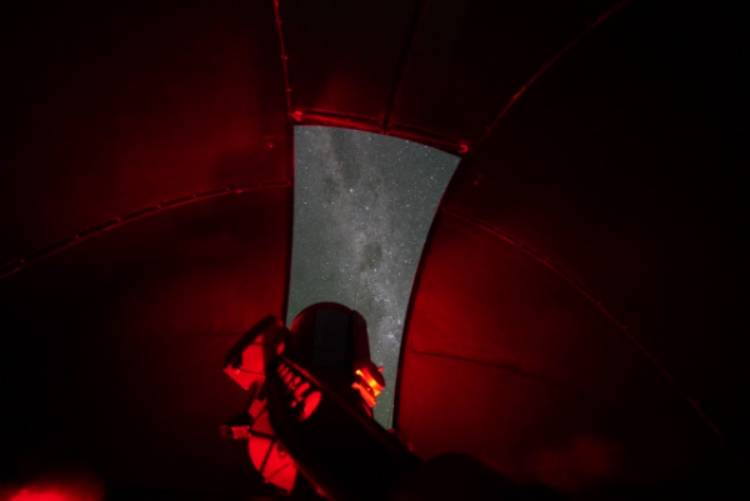
Photo credit: Matthias Schmitt, inside Observatory at Arkaroola Dark Sky Sanctuary, South Australia
Learn More
Southern Utah
- Recorded Meeting: watch Basin and Range Bi-Monthly meeting recorded on 8/23/23 with Tom Dansie and Matthias Schmitt
- Cedar Breaks National Monument - Night Skies Program
- Stargazing Zion
Dark Sky Places in Australia
- Arkaroola Dark Sky Reserve
- Warrumbungle Dark Sky Park
- Age of Dinosaurs Dark Sky Sanctuary
- Astrotourism Towns in Australia: www.Astrotourismwa.com.au
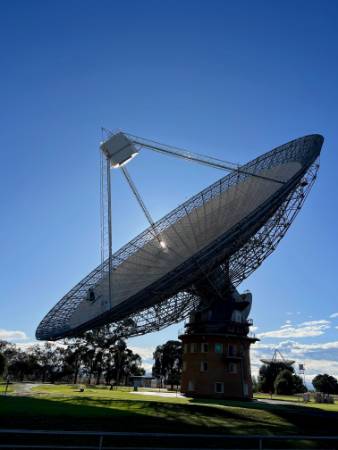
Photo credit: Matthias Schmitt, Siding Spring Observatory, Warrumbungle Dark Sky Park, New South Wales, Australia
Related Articles


